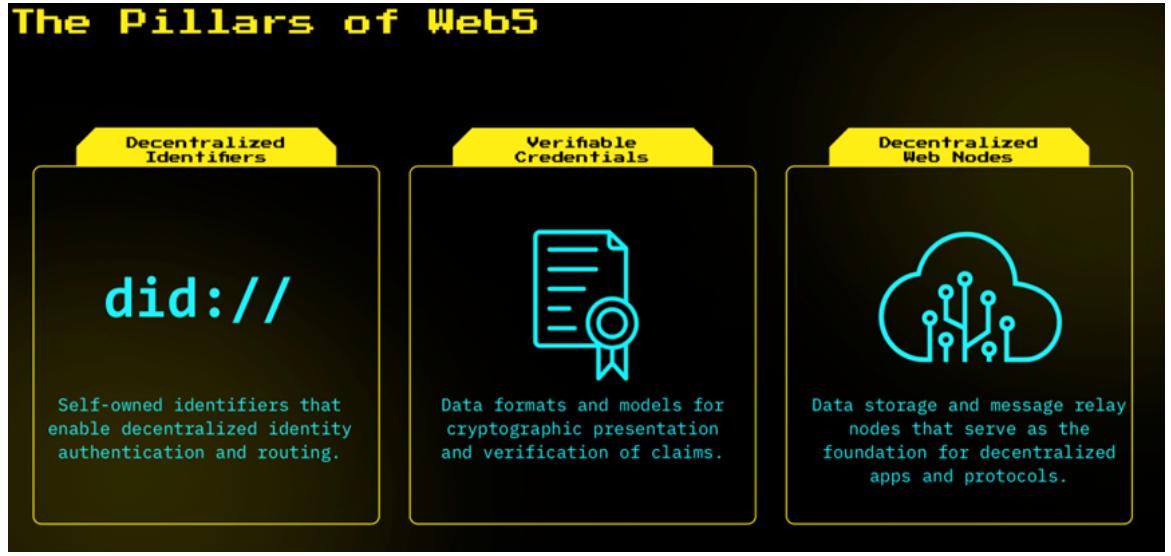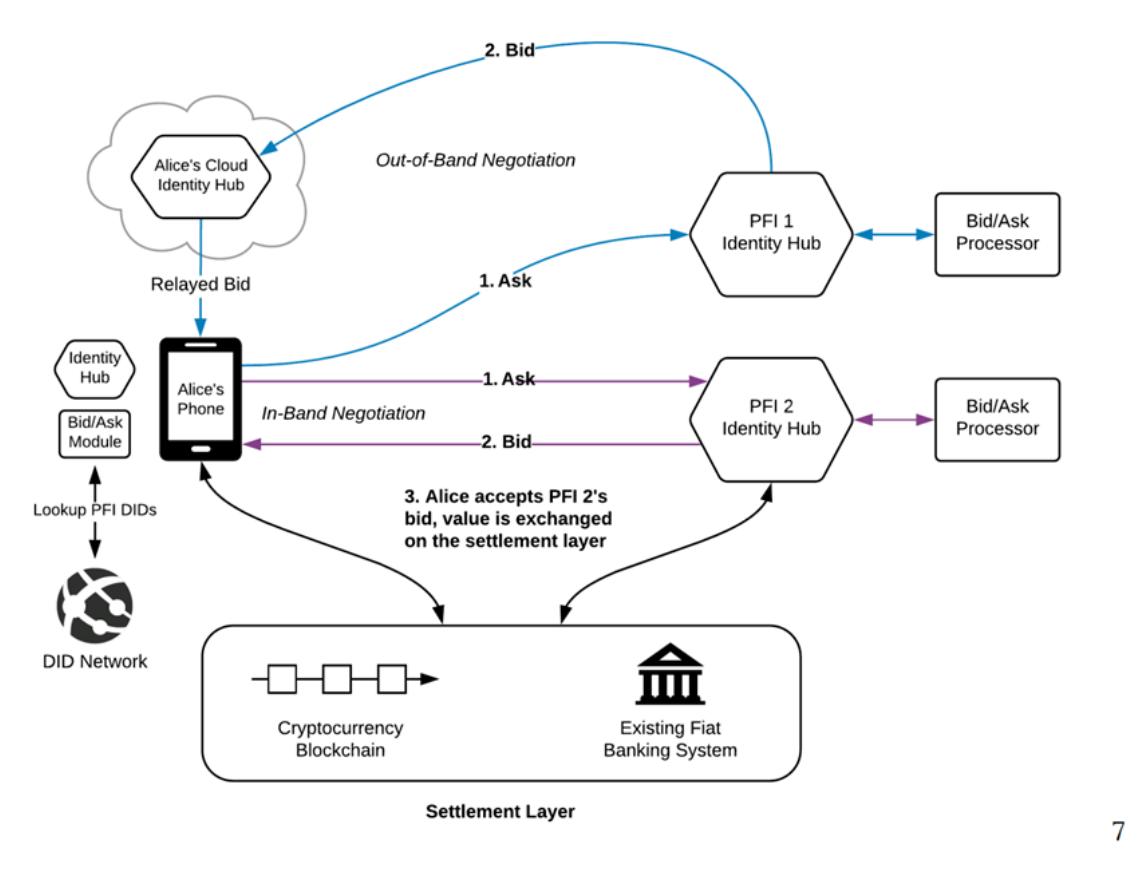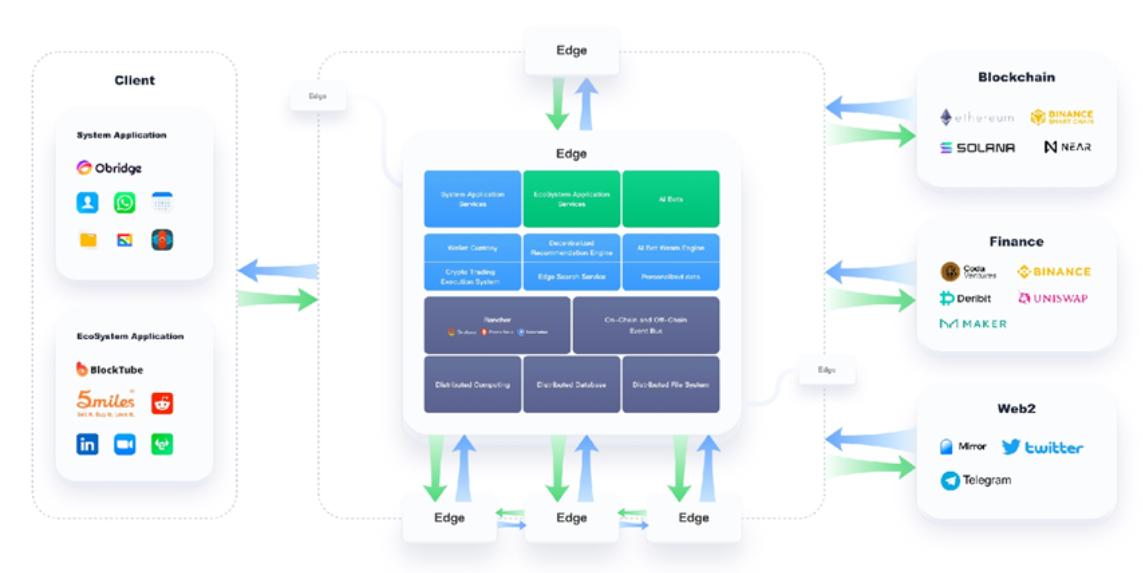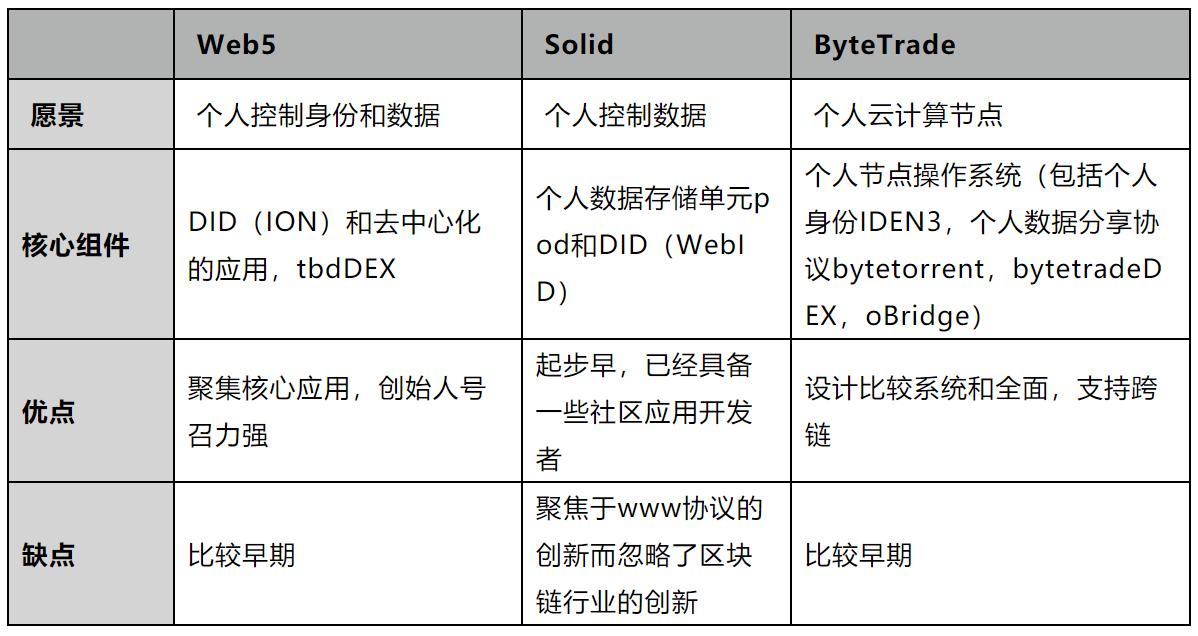Knights of the Next Generation Internet: Discussing Web5, Solid, and Personal Vault
Author: Tian Hongfei, Yuanwang Capital iVision
As one of the most representative figures of the Silicon Valley spirit in the United States, Jack Dorsey recently announced his understanding of the next generation of the internet, called Web5.
It is well known that Jack is very critical of Web3, having tweeted that Web3 is hijacked by venture capitalists. Therefore, many people think Jack is joking and mockingly ask why he skipped Web4.
However, if you carefully read the website of Jack's new project at https://www.tbd.website/, you will find that what Jack refers to as Web5 = Web2 + Web3 represents a real logic.

The characteristic of Web2 is that platforms control the content and data generated by users; while Web3 represents decentralization and tokenization; however, the tokenization of Web3 has brought many troubles for users and regulators.
For users, it is difficult to distinguish whether a user is a genuine user attracted by the product's value or an investor drawn by the appreciation of tokens; for example, are StepN users there to make money or to exercise?
For entrepreneurs, teams often struggle to choose between focusing on maintaining token prices or developing product value; for regulators, it is hard to determine whether tokens are securities or utility tokens.
These noises have caused troubles in the blockchain industry, hindering talented individuals from joining and obstructing the development of the blockchain sector.
For instance, in 2016, one of the most influential developers in the blockchain industry, Mike Hearn, published a famous blog expressing his disappointment with the speculative atmosphere in the crypto space;
In 2022, well-known DeFi developer AC repeatedly expressed his disappointment with the investment atmosphere in the crypto space and chose to leave it.
Undoubtedly, so far, the most profitable track in the development of the blockchain industry has been the trading track, including exchanges, hedge funds, asset management companies, and decentralized trading protocols (DeFi), all of which have profited significantly; ironically, the biggest beneficiaries in the so-called decentralized crypto space are centralized companies, while teams that truly drive blockchain technology innovation and development, especially those that do not issue tokens, have not gained any benefits.
Without a doubt, the speculative atmosphere in the crypto space has made many entrepreneurs with technical ideals and sentiments keep their distance.
In this atmosphere, Jack directly skipped Web3 and Web4, choosing to call his project Web5, which refers to using the decentralization spirit of Web3 to solve the problems of Web2 and achieve a user experience similar to Web2, with the desire to create value for users.
Jack's Web5 design consists of two parts: a decentralized identity protocol (DID) and decentralized applications.

DID directly adopts the ION protocol based on the Bitcoin blockchain network, featuring verifiable claims and discoverability; decentralized applications are deployed on decentralized nodes (DWN, decentralized Web nodes), which have discoverability, replicability, security, semantic discoverability, message reachability, and multiple entities. The management tool (agent) on the user side is wallet software, managing IDs and data, including identity authentication, login, discovery, verification, authorization, and roles (persona).

Tim Berners-Lee, the father of the World Wide Web, founded Solid in 2016, referring to the containers used to help users store and manage their data as pods. Users can choose to build their own pods or purchase pods from hosting providers, corresponding to which users' pods have a unique WebID (the W3 standard protocol).

In Asia, ByteTrade, a company headquartered in Singapore and recently funded with $40 million by SIG, an early investor of ByteDance, has released a product vision that shares many similarities with the above two projects.
Compared to the core components of Web5 and Solid, which mainly include DID and personal data, ByteTrade's design is more systematic.

In ByteTrade's design, each user has their own node (edge), similar to Solid, ByteTrade defines the operating system of the node as ByteOS, which includes a decentralized file system, decentralized identity system (DID), and decentralized messaging system. At the application level, ByteTrade defines data services and index search services.
In summary, the above three projects have very similar architectures, all using client nodes to store and manage user data, integrating the DID system to manage ownership and authorized use.

It is inevitable that teams around the world have made similar designs; although there may be some differences in details, they share two common visions:
The first point is to allow users to regain ownership of their data;
The second point is to create sufficiently usable products to solve the current poor user experience in blockchain and integrate into users' daily lives.
In the Web2 world, there are 4.8 billion PC users and 5.2 billion mobile users globally, spending an average of 6.85 hours online each day, generating 40 billion data points each month, with over a hundred million server calls and data reads/writes every second, requiring millions of machines distributed globally to support.
In the Web3 (blockchain) world, after 10 years of development, users with wallet addresses account for about 2% of the total population, which is around 100-200 million. In contrast, the performance of the public chain infrastructure we provide is very poor. BTC has a TPS of 7, ETH has 12, EOS has 3000, and SOL claims to have 60,000 but often faces congestion. There is a gap of tens of thousands of times compared to Web2. From 2018 to 2022, public chain scalability was the most important narrative, but it has now been proven to be unfeasible.
Therefore, we need to redefine the technical architecture and usage scenario boundaries of blockchain networks.
After abandoning the fantasy of a "world computer," developers realized that high-value transactions are very rare, and not all transactions need to be recorded on-chain; for example, chat records and gaming actions do not need to be recorded on the blockchain, and a large amount of user data does not need to be on-chain.
If we only utilize the decentralization and immutability features of blockchain, treating it as a trust machine rather than a global computer, then the performance of existing public chains is completely sufficient.
Web5, Solid, and Personal Vault all adopt a personal control node computing architecture design to use nodes as personal agents, isolating on-chain and off-chain functionalities. Of course, this path is not without challenges, as the founder of Signal said, "Whether it's nerds or organizations dedicated to software development, no one wants to run their own servers. If I want to understand anything about this world, it's that people don't want to run their own servers."
The entrepreneurs of Web5, Solid, and ByteTrade undoubtedly understand the daunting challenges they face, but they choose to charge at the windmills like Don Quixote, just to practice the knightly spirit of "letting users own their data."









